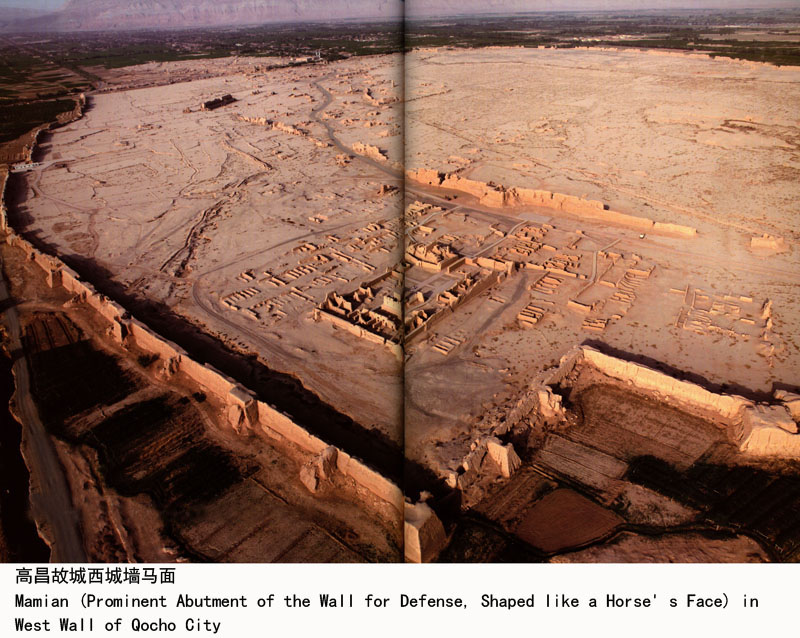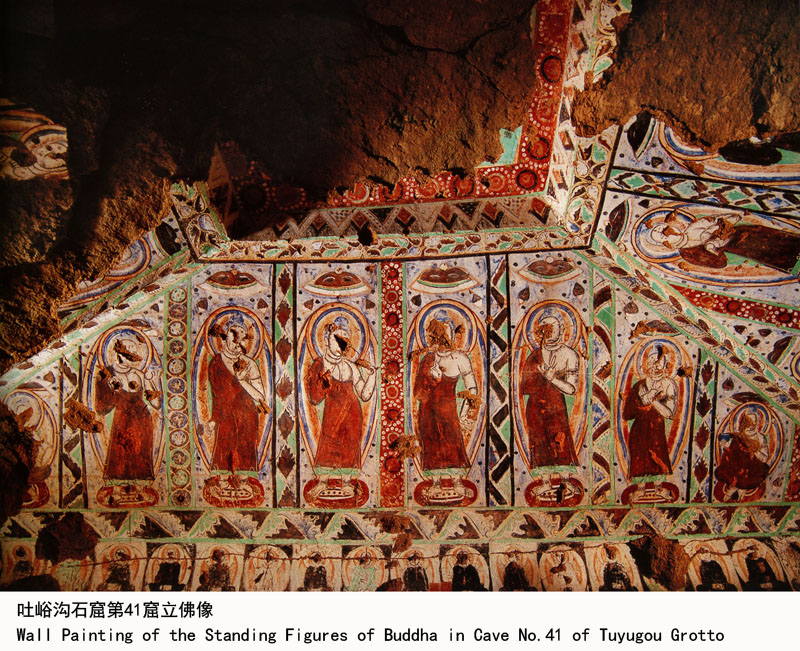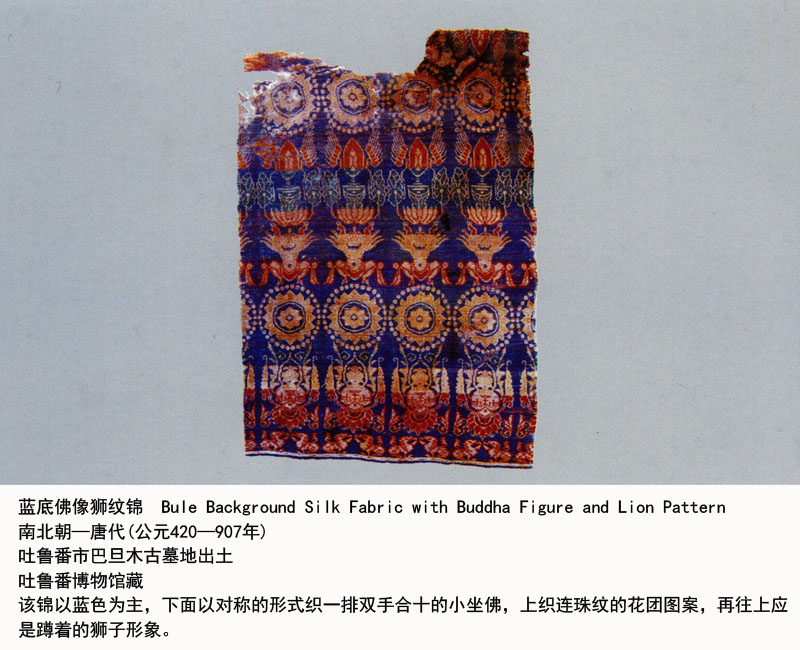高昌王国显繁荣
作者:吐鲁番博物馆 吐鲁番学研究院




麹氏雄西北,别绝臣外区。
——【唐】柳宗元
《唐铙歌鼓吹曲十二篇·李靖灭高昌为高昌第十一》
高昌王国显繁荣
公元5至7世纪,阚、张、马、麴氏相继称王,建都高昌城。其政治制度上承袭汉晋体制。中原汉文化是高昌国的文化主体,无论是官府行文、宗教文献还是平民习字,均使用汉语。佛教成为国教,诸多西来的佛经在此翻译传至中原。农田水利得到进一步开发,农作物品种增加,园艺业兴盛,葡萄酒酿制工艺提高;棉花种植扩大,促进了棉布的生产;蚕桑业大力发展,高昌锦名扬东西。位于丝绸之路要冲的高昌官府专设胡商交易市场,流通中原、波斯、粟特及克什米尔等西域货币,四方商贾云集,物品交易频繁,商业兴旺。
Prosperous Qocho Kingdom
From the 5th century to the 7th century,the Kan Family,Zhang Family, Ma Family,and Qu Family successively established four kingdoms with Qocho City as their capital.Their political systems were based on the model of the Han and Jin dynasties.Han culture from Central China was the main cultural current in the Qocho Kingdom.Chinese language was used as official language,in religious scriptures,and in civilian writing.Buddhism became the state religion and many Buddhist scriptures from the West were translated here and were spread to Central China.Irrigation system further developed,crop varieties increased,horticulture flourished,and vinification technology improved.The expansion of cotton cultivation promoted cotton production.Scriculture vigorously developed,and Qocho silk brocade was famous in both the East and the West.Finding themselves located in a transportation hub of the Silk Roads, local authorities in Qocho set up international trading markets where currencies from Central China,Persia,Sogdia,Kashmir, and other places in the Western Regions all circulated.Trade flourished,business thrived,and traders from all comers of the regions gathered there.
吐峪沟石窟第41窟立佛像
Wall Painting of the Standing Figures of Buddha in Cave No.41 of Tuyugou Grotto
这幅壁画是吐峪沟石窟第41窟立佛像,时代应在高昌郡至高昌国时期。位于第41窟主室顶部南坡的画面以圆圈纹、折带纹等边饰图案组成条幅,内绘立佛像。画工根据两侧斜角情况缩小立佛高度或绘成坐佛。立佛人体造型相似,体态略呈S形,着右袒袈裟,脚踩莲花,头上华盖悬浮于空中。壁画虽已残缺,但是整幅壁画因地而绘,色彩艳丽,立佛像体态优美,是西域佛教绘画中的一幅佳作。
丝路遗珠: 交河故城、高昌故城申报世界文化遗产文物精品展/吐鲁番博物馆,吐鲁番学研究院编著.-上海: 上海古籍出版社, 2014;